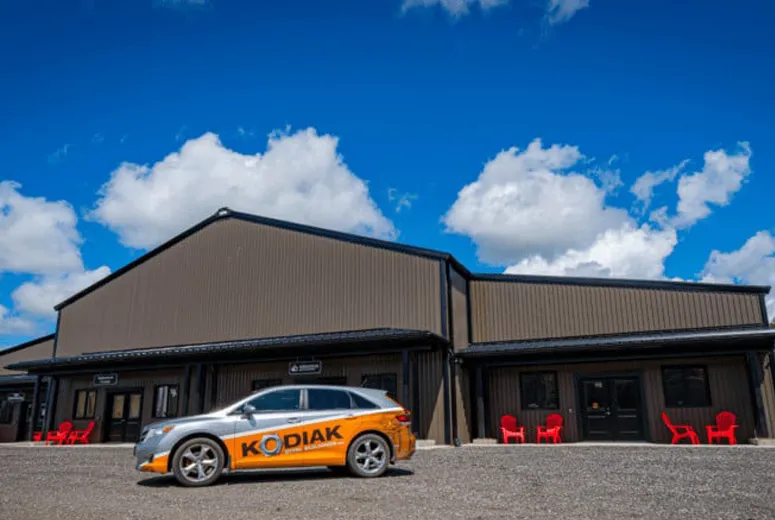- Afrikaans
- Albanian
- Amharic
- Arabic
- Armenian
- Azerbaijani
- Basque
- Belarusian
- Bengali
- Bosnian
- Bulgarian
- Catalan
- Cebuano
- Corsican
- Croatian
- Czech
- Danish
- Dutch
- English
- Esperanto
- Estonian
- Finnish
- French
- Frisian
- Galician
- Georgian
- German
- Greek
- Gujarati
- Haitian Creole
- hausa
- hawaiian
- Hebrew
- Hindi
- Miao
- Hungarian
- Icelandic
- igbo
- Indonesian
- irish
- Italian
- Japanese
- Javanese
- Kannada
- kazakh
- Khmer
- Rwandese
- Korean
- Kurdish
- Kyrgyz
- Lao
- Latin
- Latvian
- Lithuanian
- Luxembourgish
- Macedonian
- Malgashi
- Malay
- Malayalam
- Maltese
- Maori
- Marathi
- Mongolian
- Myanmar
- Nepali
- Norwegian
- Norwegian
- Occitan
- Pashto
- Persian
- Polish
- Portuguese
- Punjabi
- Romanian
- Russian
- Samoan
- Scottish Gaelic
- Serbian
- Sesotho
- Shona
- Sindhi
- Sinhala
- Slovak
- Slovenian
- Somali
- Spanish
- Sundanese
- Swahili
- Swedish
- Tagalog
- Tajik
- Tamil
- Tatar
- Telugu
- Thai
- Turkish
- Turkmen
- Ukrainian
- Urdu
- Uighur
- Uzbek
- Vietnamese
- Welsh
- Bantu
- Yiddish
- Yoruba
- Zulu
Dec . 10, 2024 21:24 Back to list
Designing Steel Structure Sheds A Comprehensive Guide
Steel structure sheds have become a popular choice for various applications, ranging from agricultural uses to industrial warehouses. The advantages of using steel in construction include durability, flexibility, and cost-efficiency, making them an ideal solution for many builders and business owners. In this article, we will explore the key considerations and elements involved in the design of steel structure sheds.
Understanding Steel Structure Sheds
A steel structure shed is primarily constructed using a framework of steel beams, columns, and trusses. This structure can be enclosed with different materials, including metal panels, glass, or even fabric, depending on the specific needs of the project. The main purpose of these sheds can vary widely—from storing farm equipment or machinery to serving as workshops or storage facilities.
Benefits of Steel Structure Sheds
1. Strength and Durability Steel is known for its high strength-to-weight ratio, making it a robust choice for building structures that can withstand severe weather conditions and heavy loads. Unlike wooden structures, steel does not warp, twist, or crack, ensuring the longevity of the shed.
2. Cost-Effectiveness Although the initial investment for a steel structure may be higher than traditional materials like wood, the long-term savings on maintenance, insurance, and energy costs make steel a economically sound choice.
3. Design Flexibility Steel sheds can be designed to accommodate various sizes and layouts. This flexibility allows for expansive open spaces without the need for internal support columns, which is particularly beneficial for storage and operational efficiency.
4. Sustainability Steel is a recyclable material, and many manufacturers now offer products made from recycled steel. This contributes to sustainable construction practices and reduces the overall environmental impact.
Key Design Considerations
When designing a steel structure shed, several factors should be taken into account
steel structure shed design

1. Purpose and Functionality Clearly define the primary use of the shed. Will it be used for storage, as a workshop, or for agricultural purposes? Understanding the shed's function will guide the design process and help determine the necessary space, layout, and amenities.
2. Site Assessment Evaluate the intended location for the shed. Consider soil conditions, local climate, and zoning regulations. This assessment will guide foundation design, dimensions, and materials suited to the environment.
3. Load Requirements It's crucial to calculate the loads the structure will support, including live loads (such as people and equipment), dead loads (the weight of the structure itself), and environmental loads (like snow, wind, and seismic activity). These calculations will inform the sizing and arrangement of steel components.
4. Ventilation and Insulation If the shed will house sensitive equipment or living conditions (like livestock), proper ventilation and insulation must be integrated into the design to maintain a suitable environment.
5. Aesthetic Considerations While functionality is paramount, the appearance of the shed shouldn't be overlooked. Choose colors and finishes that complement the surrounding environment and meet any aesthetic requirements.
Construction and Maintenance
Once the design is finalized, the construction phase can begin. Hiring experienced contractors familiar with steel construction is critical to ensure adherence to design specifications and safety standards. During the construction process, regular inspections should be made to verify that materials and workmanship meet required certifications.
Maintenance of steel structure sheds is generally straightforward. Regular inspections for rust and corrosion, cleaning, and ensuring that water drains away from the foundation will prolong the life of the structure. Applying protective coatings can also enhance durability.
Conclusion
In conclusion, designing steel structure sheds involves careful planning and consideration of various factors. The benefits of steel as a construction material—strength, cost-effectiveness, and sustainability—make it an attractive option for many applications. By understanding the design principles and key considerations, builders can create functional, durable, and visually appealing sheds that meet their specific needs. Whether for agricultural purposes, storage, or industrial applications, steel structure sheds will continue to be a vital component of modern construction.
-
How Do Prefabricated Steel Structures Transform Modern Construction?
NewsJul.14,2025
-
How Do Prefabricated Metal Buildings Redefine Modern Construction?
NewsJul.14,2025
-
How Do Prefab Insulated Metal Buildings and Steel Structures Revolutionize Modern Construction?
NewsJul.14,2025
-
How Do Pre - Engineered Steel Structures Redefine Modern Construction?
NewsJul.14,2025
-
Advancing Modular Construction with Prefabricated Metal Structures
NewsJul.14,2025
-
Advancing Industrial Infrastructure with Prefabricated Steel Solutions
NewsJul.14,2025
Products categories
Our Latest News
We have a professional design team and an excellent production and construction team.












